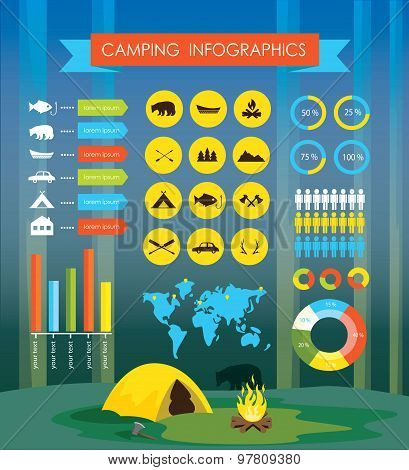Cooktop jacks are essential to secure outdoor tents oven use, keeping cold air, rain, snow, bugs and also flammable combustible materials out of the outdoor tents. However, they're not without their challenges. Keep reading to learn about usual blunders campers make when suitable their cooktop jacks, and just how you can prevent them at your campsite.
Material Compatibility
When looking for a stove jack, ensure it is made from heat-safe materials. The fabric utilized to make the jack needs to also be durable and breathable, which will certainly assist to maintain the tent cozy and completely dry when it remains in usage.
As soon as you have actually discovered an oven jack that is compatible with your outdoor tents, it's time to determine where you want to install it. Usually, it's best to position the cooktop in the center of the outdoor tents to aid keep all locations warm and comfy, but it's important to prevent positioning it directly up against an outdoor tents wall since this is a fire threat. Additionally, think about exactly how very easy it will certainly be to reach your stove when refueling and cleaning up in the middle of the evening.
Stove jacks are quite straightforward outdoor camping gear, however they are incredibly vital for securely making use of a camping tent cooktop in any type of weather condition. By putting in the time to select the right size and correctly install your oven jack, you'll be good to go for a comfy camping experience!
Stove Pipe Size
The size of your stove pipeline is very important to make sure appropriate airing vent and to prevent a fire danger. A little diameter pipe will function great in most camping tents, yet a larger one must be used with a heavier-duty canvas outdoor tents or a Tipi.
When it comes to figuring out the excellent positioning of your oven, the facility of the camping tent is often the best choice. This will assist keep the entire outdoor tents warm while lessening the capacity for smoke to leak around the edges. It also helps avoid warm from canvas surprising from the range and right into flammable materials like walls or ceilings.
When it concerns wall and flooring defense, NFPA calls for at least 36" of clearance from combustible wall surfaces. This can be reduced by utilizing a stove guard and a single-wall stovepipe with a protected thimble (if going into the ceiling, attic or roof). Always consult your woodstove manufacturer's proprietor's handbook to learn more concerning appropriate installment.
Oven Pipeline Size
Besides not being directly up against the wall surface of the outdoor tents (where maybe a fire danger) there isn't actually an incorrect place for a stove jack. It's simply an issue of preference, depending on just how simple it will be to grab refueling and exactly how close it will be to the entrance of your tent.
Nonetheless, if you mount your pipeline as well far out from the stove, cool air and rain will be able to blow in around the outside of the pipeline. This isn't excellent, as it will certainly make starting your stove and keeping a good draft hard.
To identify just how much flue pipe you'll need, gauge the distance from where your outdoor tents's oven will sit to your chimney opening. After that subtract 2 inches since each section of pipeline overlaps. The number you obtain is the amount of pipe you'll require to acquire. Luckily, setting up stove pipelines isn't hard and calls for very little devices.
